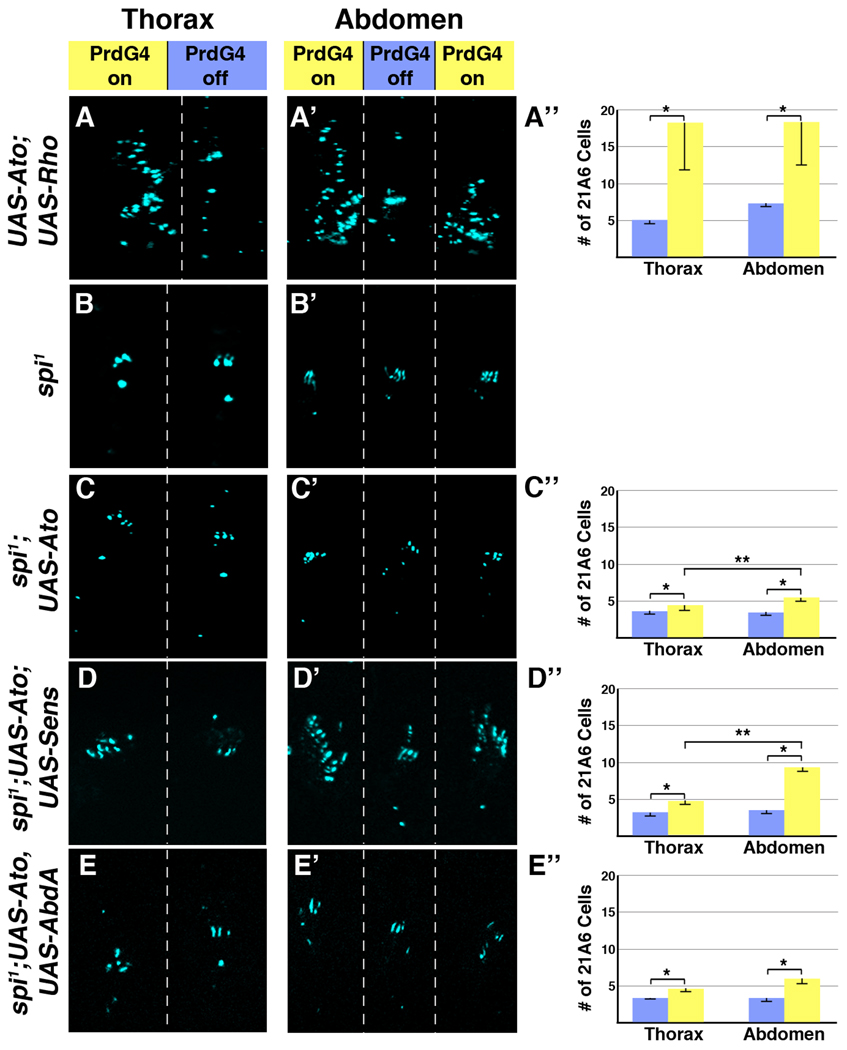Figure 7. The role of Spi-mediated signaling in ch organ SOP induction by Ato, Sens and Abd-A.
(A-A”) Ectopic expression of Rho and Ato (PrdG4;UAS-Ato;UAS-Rho) induces many more scolopodia in both the thorax and abdomen in PrdG4-on segments than does Ato alone (see Figure 4A). Ato and Rho co-expression induces 10.7 +/− 6.0 extra scolopodia in abdominal segments and 13.0 +/− 6.8 scolopodia in thoracic segments (no significant difference between abdomen and thorax). (B-B’) In spi1 null embryos, both the thoracic and abdominal segments have clusters of three scolopodia. (C-C”) In spi1 null embryos, ectopic Ato (PrdG4;UAS-Ato;spi1) induces a smaller number of scolopodia than it does in wild type embryos (see Figure 4A). However, Ato still induces approximately twice as many scolopodia in the abdomen as in the thorax (2.0 +/− 0.2 extra in abdomen versus 1.3 +/− 0.5 extra in thorax, p-value < 0.01). (D-D”) Co-expression of Ato and Sens in a spi1 mutant background (PrdG4;UAS-Ato;UAS-Sens) induces significantly more scolopodia in the abdomen than in the thorax (5.61 +/− 0.34 extra in abdomen versus 1.73 +/− 0.54 in thorax, p-value < 0.001). (E-E”) In spi1 null embryos, ectopic Ato and Abd-A (PrdG4;UAS-Ato,UAS-AbdA;spi1) induce significantly fewer scolopodia than in a wild type background revealing that the synergistic specification of scolopodia is dependent upon EGF signaling. Moreover, the number of scolopodia induced by Ato and Abd-A together was not significantly different than Ato alone in a spi1 mutant background.

